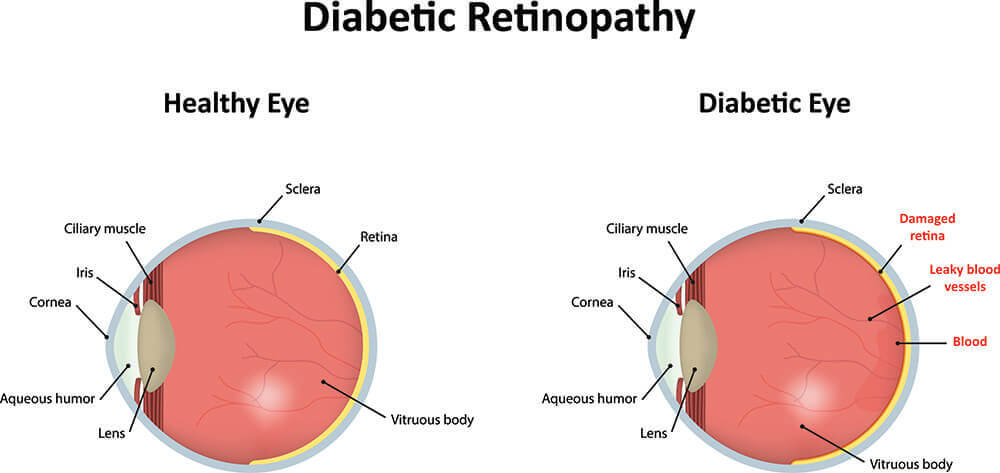Diabetes is the leading cause of preventable blindness in the United States among adults age 20-74, and is the fifth most common cause of preventable blindness globally. Among the 30 million Americans with diabetes, about one-third have diabetic retinopathy, the potentially blinding complication of diabetes.
People typically don’t notice changes in their vision in the disease’s early stages. But as it progresses, diabetic retinopathy usually causes vision loss that in many cases cannot be reversed. That’s why yearly exams are so important in people with diabetes. But the U.S. Centers for Disease Control and Prevention consistently reports that less than two-thirds of people with diabetes undergo their recommended annual dilated ophthalmic examination. These rates are even lower among children and adolescents with diabetes.
Researchers say that when patients with diabetes are told nothing is wrong during their first eye exams, are asymptomatic, and have difficulty taking time off work, it’s easy to see how coming in for yet another health appointment might be deprioritized if the risks aren’t communicated to the patient. They recommend implementation of a national early detection program that uses artificial intelligence and telemedicine to enable broader coverage and more public education.
For more ways to keep your eyes healthy, visit the American Academy of Ophthalmology’s EyeSmart® website.
Animated Video: “Eye Exams: Detecting the Signs We Can’t See”

